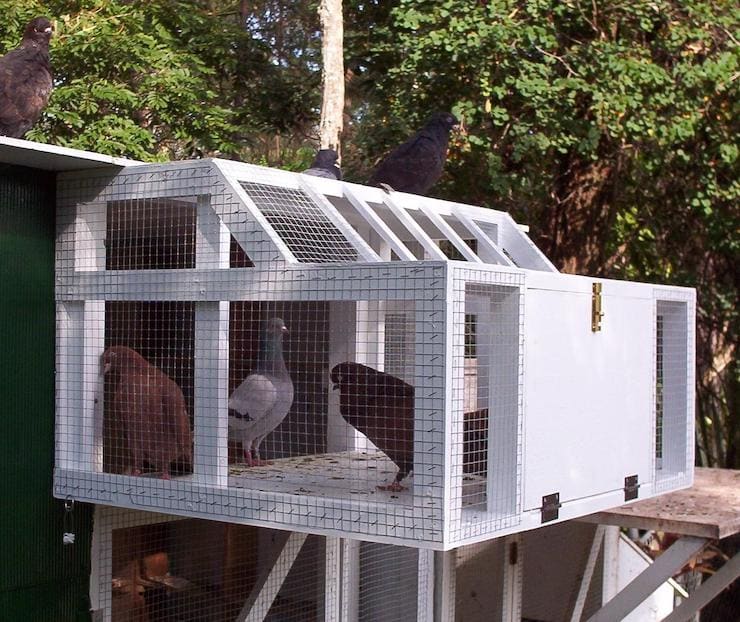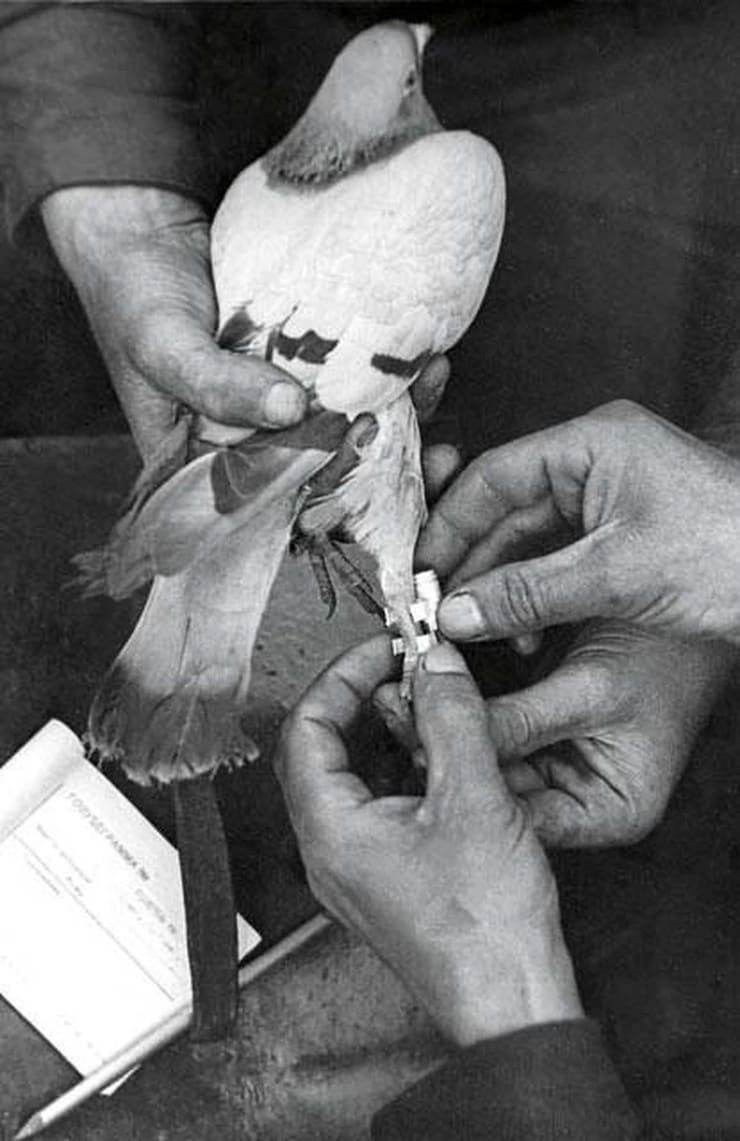Today, paper letters are rapidly losing relevance. The message can be sent by e-mail – it will reach much faster, and besides, it will be much more informative. It seems that modern mail is gradually becoming a relic of the past. Systems change, but people still want to deliver messages to each other at a distance. Today, this problem is solved by electronic information systems, and in fact even birds served as postmen at one time! Who among us has not heard of pigeon mail? But how does this system work and how did you manage to teach the birds a difficult task, in fact?
BY TOPIC: What happens if poisonous snakes bite each other?
Pigeon mail has not even hundreds, but thousands of years. People have long noticed the ability of birds to return to their native nest from afar. It is known that Greek and Egyptian sailors used pigeons before the advent of our era. With the help of birds, sailors announced their imminent arrival. In ancient Egypt, pigeons reported on the flood of the Nile, and in ancient Greece they transmitted the names of Olympic champions. Various ancient peoples: Phoenicians, Romans, Persians, Gauls used these birds for military and commercial purposes. Before the invention of the telegraph, pigeon mail was actively used by financiers and brokers. And during the siege of Paris during the Franco-Prussian war of 1870-1871, 73 winged postmen handed over 150 thousand official and up to a million private letters. The Germans even tried to use hawks to fight this communication tool. Yes, and in the XX century, pigeons were actively involved, including the military. Postal birds took part in both world wars, helping scouts. During the Battle of Moscow, a special pigeon communication station was even created.
BY TOPIC: Why are red-haired people born and how they differ from the rest.
How do birds know the direction of flight?

What are carrier pigeons? In fact, there is no special breed. Those abilities that allow this activity to be carried out are developed by the gradual selection of relatives and careful care of the bird.
As a result, the pigeon gets used to its place of permanent residence and tries to return there, even when it is far from home.
This phenomenon is called “homing” or “domovstvo”. Most often, breeds are used for breeding carrier pigeons: English quarry, Flanders or Brussels, Antwerp and Luttich. If the first three varieties are distinguished by size, strength, powerful neck and beak, then the latter, on the contrary, is small.
Pigeon breeding is a whole science. Parents must be 3-4 years old, couples are selected based on the degree of relationship. Born chicks are transferred to breeding pigeons. It is necessary to take into account the temperature regime, molting, nutrition …
Another important topic is training. New inhabitants of the dovecote are first taught to fly simply around their nest. Then they begin to take the pigeons some distance from the house and let them go, teaching them to return. The distance is gradually increasing. This process is painstaking and slow. In the first year, the maximum distance should not exceed 320 kilometers. Birds rest from 1 to 4 days, here it is also important not to overwork them and not relax them. All results are recorded in a special book. Once a month, already trained birds are allowed to travel long distances in order to remove their laziness, apathy and fat.
Even the use of carrier pigeons is a certain ritual. You can’t just take them and release them in an arbitrary place, taking them out of the cage. An hour before departure, pigeons are given a few grains to eat and drink. The place of release is very important – it must be elevated and open, because in the valley the bird may not immediately orient itself, and the mountains and forests will frighten the messenger.
The sun is one of the main landmarks for carrier pigeons. Birds fly at an angle to the light source, but they also correct for time using their internal clocks. If the sun is not visible, then polarized light is taken into account. Another important possible landmark is the magnetic field. The properties of the terrain are also important, if it is flat, then the flight is faster than along the path with obstacles. A dove flies at an altitude of 100-150 meters at a speed of 60-70 km / h. The average distance is 300 kilometers, but there are cases of delivery of letters over 1000 kilometers.
Interestingly, even blind pigeons can find their way. It seems that their sense of smell helps them in this and the birds fly, looking for the smell of a familiar place. An important feature of pigeons is the perception of infrasound with a frequency of 0.06 Hz. The distant surf has the same low sound, as well as the railway, the highway. The peculiarity of this sound is propagation over long distances. The same sound of passing cars can serve as a good guide at a great distance. When the pigeons get to their familiar native places in which they were trained, the internal map is already involved – it is well deposited in memory.
The letter with the text was usually enclosed in a miniature metal cylinder (port depeshnik) or the hollow part of a goose feather, after which it was tied to the steering feathers or to the paw of a dove.

See also:
.
The post Pigeon mail: how does it work? appeared first on Gamingsym.
